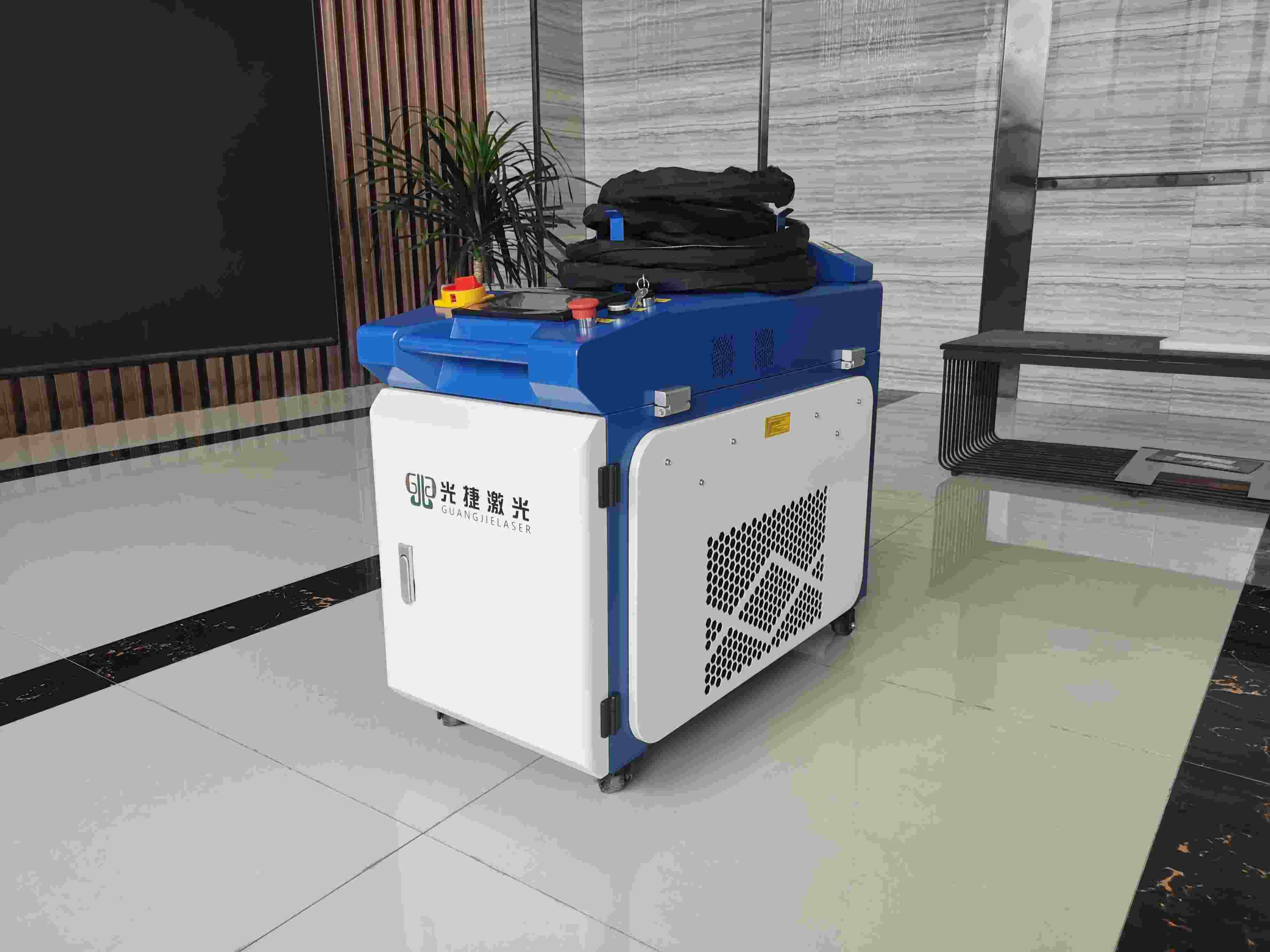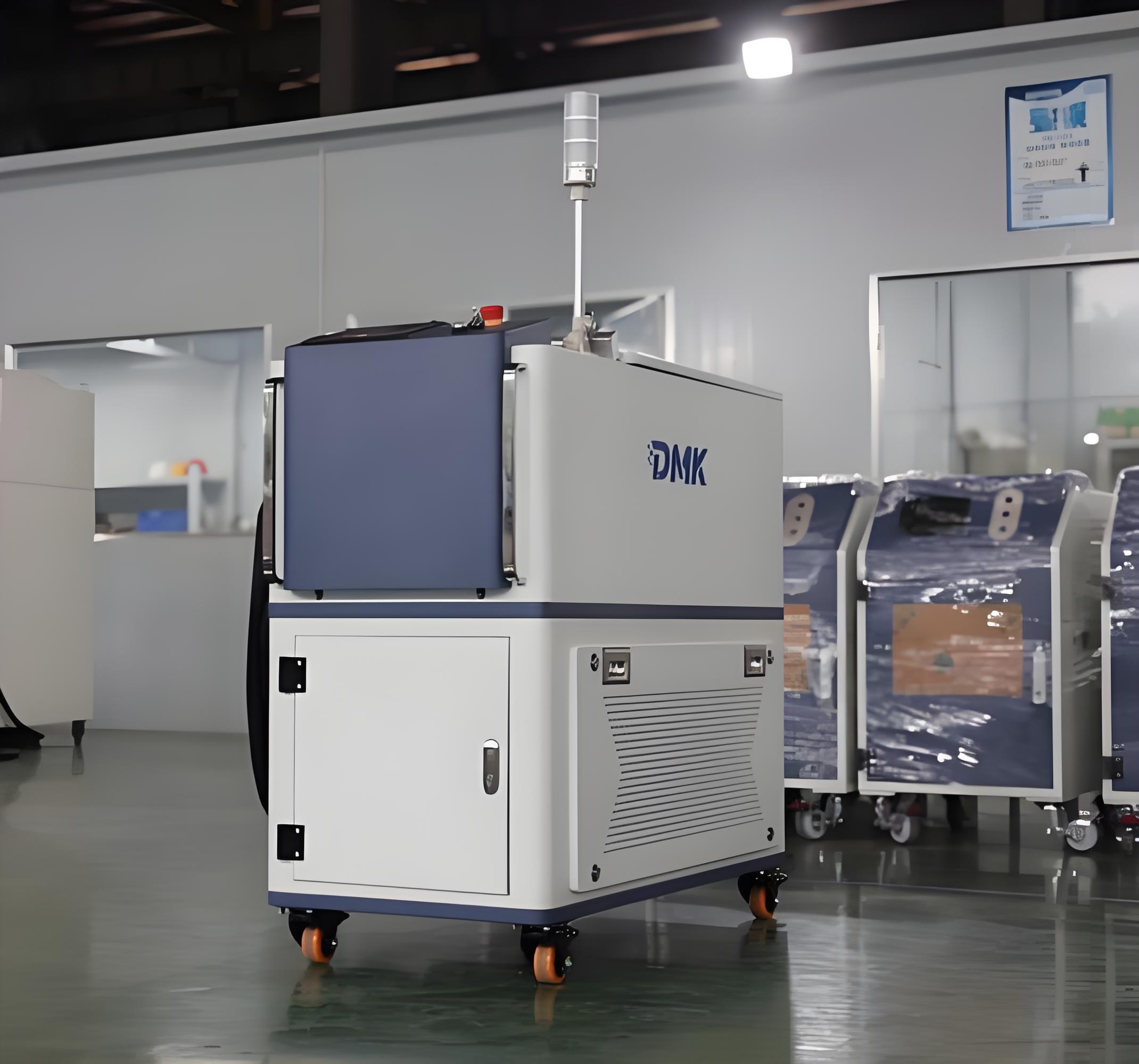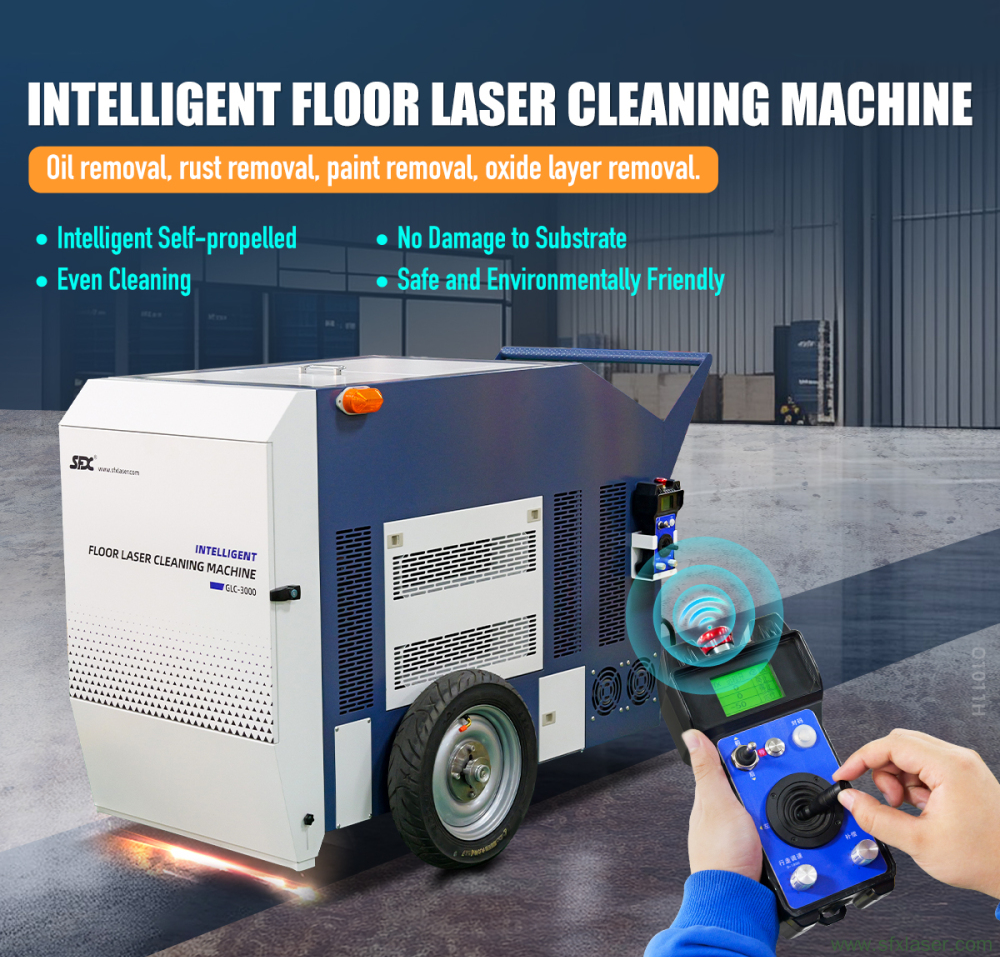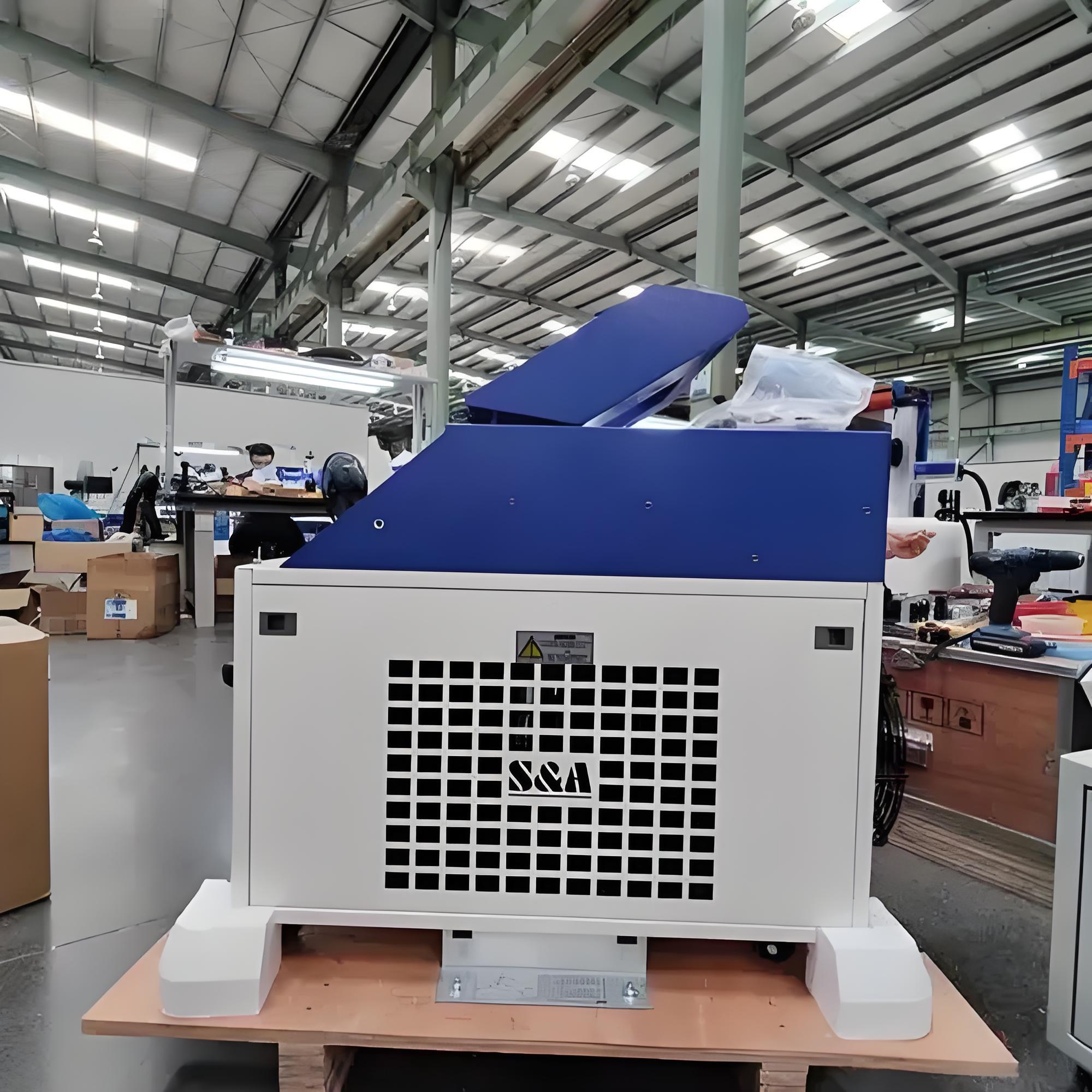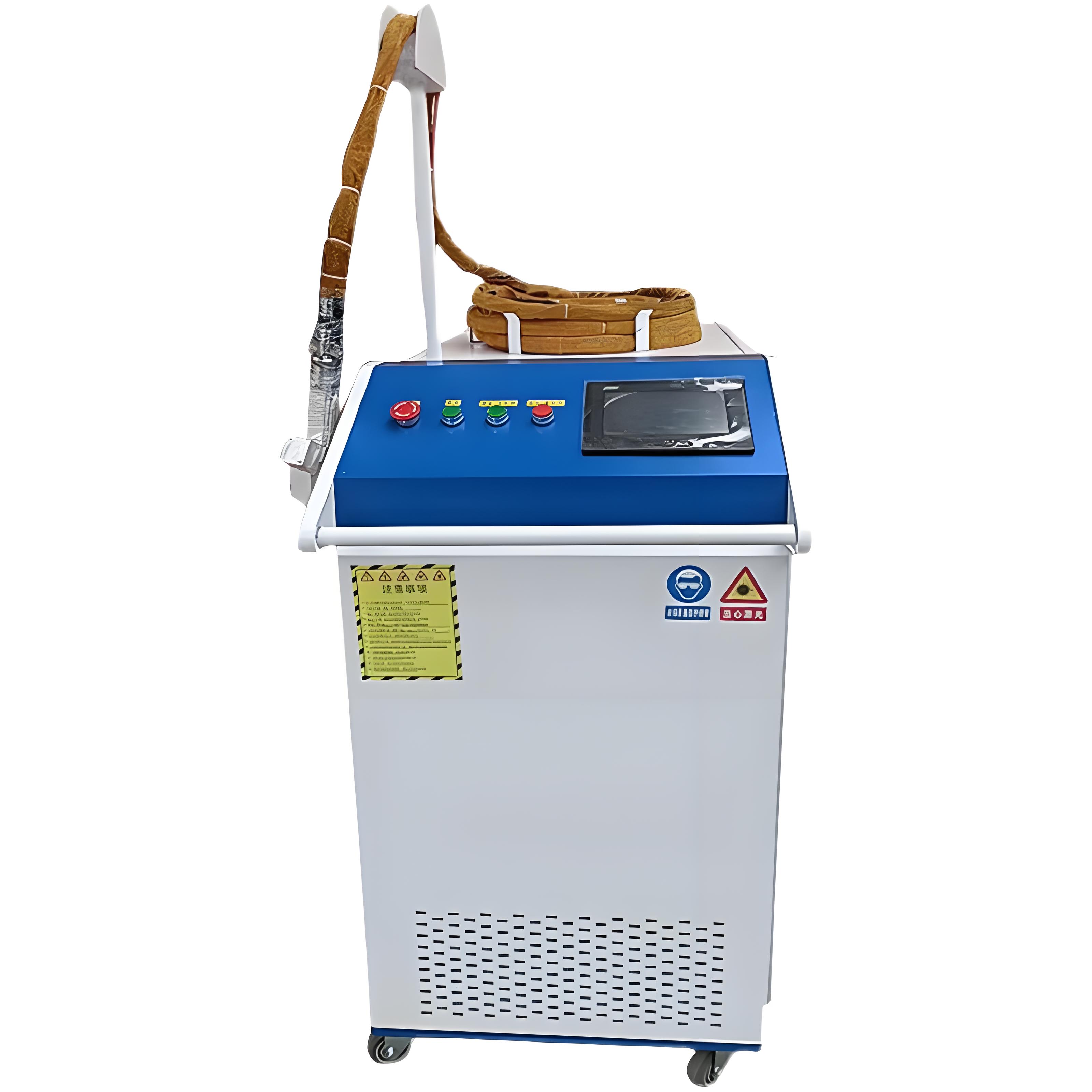In the world of industrial maintenance and surface treatment, rust removal is a critical task. Rust not only compromises the aesthetic appeal of metal surfaces but also weakens their structural integrity, leading to potential safety hazards and increased maintenance costs. Over the years, various methods have been employed to tackle rust, from traditional mechanical sanding and chemical treatments to more advanced techniques like laser rust removal. Among these, laser rust removal machines have gained significant popularity due to their precision, efficiency, and environmental friendliness. But one question that often arises is: How long does the effect of a laser rust removal machine last?
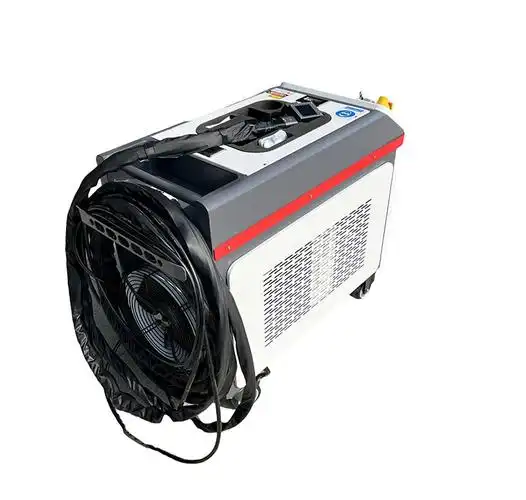
Understanding Laser Rust Removal
Before we explore the duration of laser rust removal effects, let’s first understand how laser rust removal works. Laser rust removal machines utilize high-energy laser beams to vaporize or ablate rust and other contaminants from metal surfaces. The laser beam is focused on the rusted area, causing the rust to rapidly heat up and expand, eventually breaking away from the metal substrate. This process is highly precise, allowing for the removal of rust without damaging the underlying metal.
Advantages of Laser Rust Removal
Precision: Laser technology enables precise targeting of rusted areas, minimizing damage to the surrounding metal.
Efficiency: Laser rust removal is a fast and efficient process, reducing downtime and labor costs.
Environmental Friendliness: Unlike chemical treatments, laser rust removal does not produce hazardous waste or require the use of harmful chemicals.
Versatility: Laser rust removal machines can be used on a wide range of metal surfaces, including steel, aluminum, and copper.
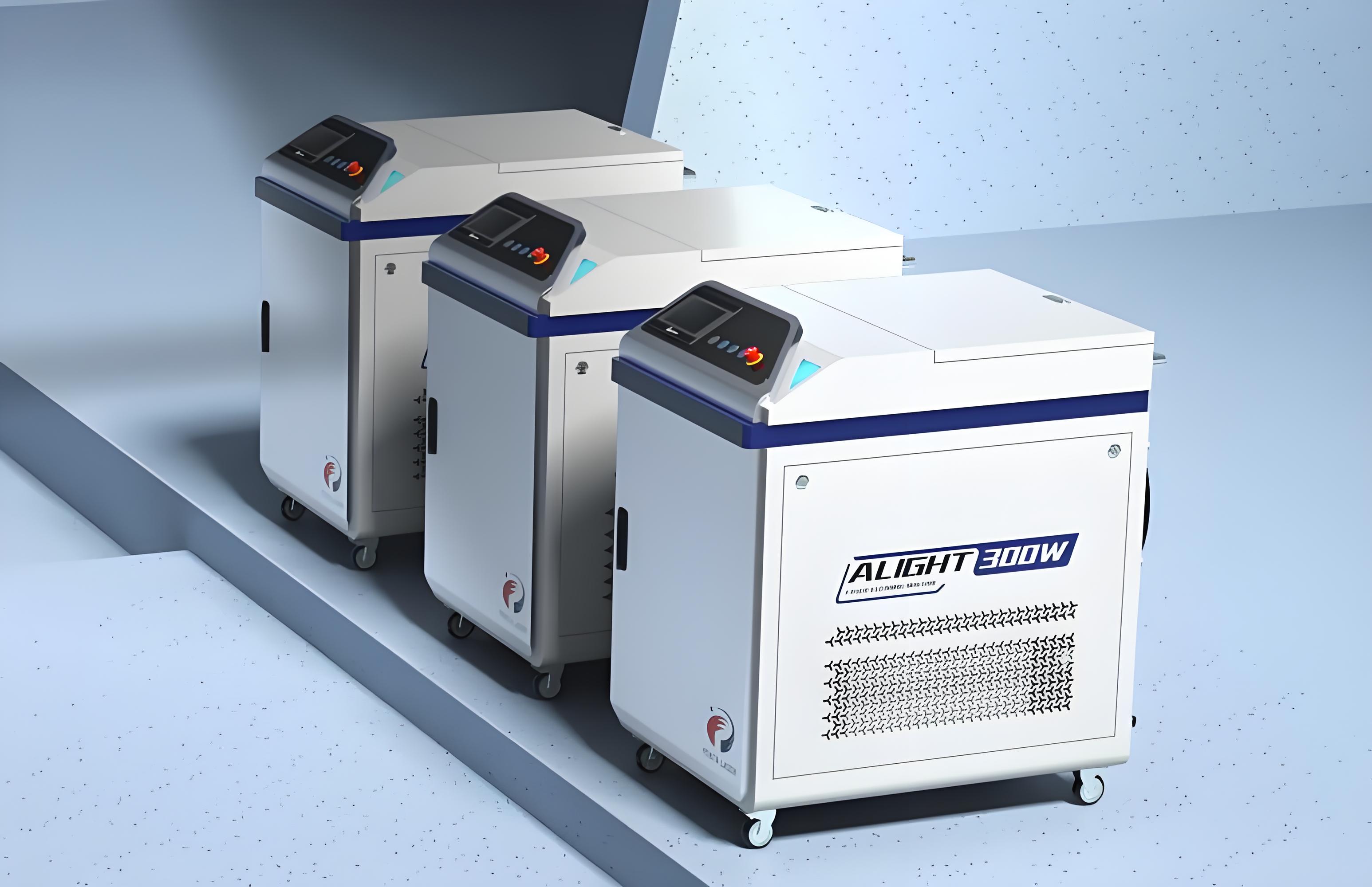
Factors Influencing the Longevity of Laser Rust Removal Effects
The duration for which the effects of laser rust removal last depends on several factors. Understanding these factors can help you make informed decisions about your surface treatment needs and ensure that your laser-treated surfaces remain rust-free for as long as possible.
1. Metal Type and Quality
The type and quality of the metal being treated play a significant role in determining the longevity of laser rust removal effects. Different metals have varying levels of corrosion resistance, and some metals are more prone to rusting than others. For example, carbon steel is highly susceptible to rusting, while stainless steel contains chromium, which forms a protective oxide layer that helps prevent rusting.
Additionally, the quality of the metal can also affect its resistance to rust. Poor-quality metals may contain impurities or defects that make them more vulnerable to corrosion. Therefore, when choosing a metal for your application, it’s essential to consider its corrosion resistance and quality.
2. Environmental Conditions
The environment in which the metal is exposed can significantly impact the longevity of laser rust removal effects. Humidity, temperature, and exposure to corrosive substances are all factors that can accelerate rust formation. For example, marine environments are particularly harsh on metal surfaces due to the presence of saltwater, which can accelerate corrosion.
To maximize the durability of your laser-treated surfaces, it’s crucial to consider the environmental conditions in which they will be used. If possible, store or use the metal in a dry, controlled environment to minimize exposure to moisture and corrosive substances.

3. Surface Preparation and Post-Treatment
Proper surface preparation and post-treatment are essential for ensuring the longevity of laser rust removal effects. Before laser treatment, the metal surface should be thoroughly cleaned to remove any dirt, oil, or other contaminants that could interfere with the laser’s ability to effectively remove rust.
After laser treatment, it’s important to apply a protective coating or finish to the metal surface. This can include paints, coatings, or treatments that provide an additional barrier against moisture and corrosive substances. The choice of protective coating will depend on the specific application and environmental conditions.
4. Maintenance and Inspection
Regular maintenance and inspection are crucial for extending the lifespan of laser-treated surfaces. Periodic inspections can help identify any signs of rust or corrosion early on, allowing for timely intervention and repair. Additionally, routine maintenance tasks, such as cleaning and reapplying protective coatings, can help keep the metal surface in optimal condition.
Table: Comparison of Rust Removal Methods and Their Longevity
| Rust Removal Method | Precision | Environmental Impact | Longevity of Effect |
|---|---|---|---|
| Mechanical Sanding | Low to Moderate | High (dust and debris) | Short to Moderate (depends on post-treatment) |
| Chemical Treatments | Moderate | High (hazardous waste) | Moderate to Long (depends on chemical used and environmental conditions) |
| Laser Rust Removal | High | Low (no hazardous waste) | Long (with proper surface preparation and post-treatment) |
Real-World Examples and Case Studies
To better understand the longevity of laser rust removal effects, let’s look at some real-world examples and case studies.
Case Study 1: Industrial Machinery Maintenance
A manufacturing company was experiencing frequent rust issues with its industrial machinery, leading to increased downtime and maintenance costs. The company decided to invest in a laser rust removal machine to address the problem. After laser treatment, the machinery was coated with a high-quality anti-corrosion paint. Over the course of a year, the machinery remained rust-free, significantly reducing downtime and maintenance costs.
Outcome: The laser rust removal machine proved to be a cost-effective solution for the manufacturing company, improving the longevity and reliability of its industrial machinery.
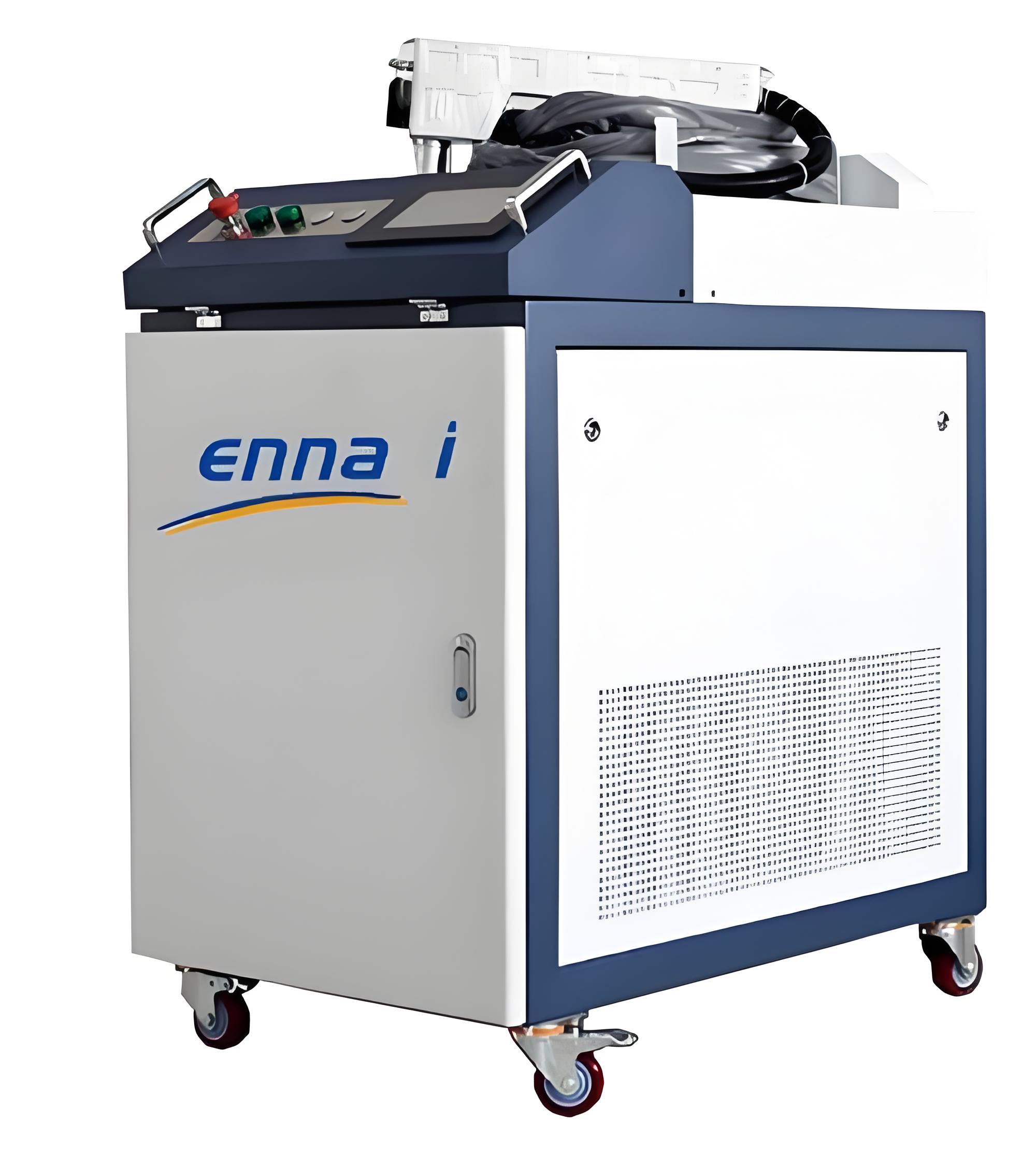
Case Study 2: Marine Equipment Restoration
A marine equipment restoration company was tasked with restoring a vintage boat that had significant rust damage. The company used a laser rust removal machine to carefully remove the rust from the boat’s metal surfaces. After treatment, the surfaces were coated with a marine-grade anti-corrosion coating. Several years later, the boat remained in excellent condition, with no signs of rust recurrence.
Outcome: The laser rust removal machine played a crucial role in the successful restoration of the vintage boat, preserving its historical value and ensuring its longevity.
Tips for Maximizing the Longevity of Laser Rust Removal Effects
Based on my experience and the case studies above, here are some tips for maximizing the longevity of laser rust removal effects:
Choose the Right Metal: Select a metal with high corrosion resistance for your application. If possible, opt for stainless steel or other corrosion-resistant alloys.
Prepare the Surface Properly: Before laser treatment, thoroughly clean the metal surface to remove any contaminants. This will ensure that the laser can effectively remove the rust.
Apply a Protective Coating: After laser treatment, apply a high-quality protective coating or finish to the metal surface. This will provide an additional barrier against moisture and corrosive substances.
Store and Use in a Controlled Environment: If possible, store or use the metal in a dry, controlled environment to minimize exposure to moisture and corrosive substances.
Conduct Regular Maintenance and Inspections: Schedule periodic inspections to identify any signs of rust or corrosion early on. Additionally, perform routine maintenance tasks, such as cleaning and reapplying protective coatings, as needed.

Final Thoughts
In conclusion, the longevity of laser rust removal effects depends on several factors, including the type and quality of the metal, environmental conditions, surface preparation and post-treatment, and maintenance and inspection practices. By understanding these factors and implementing the tips outlined above, you can maximize the durability of your laser-treated surfaces and ensure that they remain rust-free for as long as possible.
Laser rust removal machines offer a highly precise, efficient, and environmentally friendly solution for addressing rust issues. Whether you’re dealing with industrial machinery, marine equipment, or other metal surfaces, laser rust removal can help you restore and maintain the integrity of your assets, reducing downtime, maintenance costs, and safety hazards.

Related Questions
1. Can laser rust removal be used on all types of metals?
Laser rust removal can be used on a wide range of metal surfaces, including steel, aluminum, and copper. However, the effectiveness of the treatment may vary depending on the type and quality of the metal. Some metals may require additional surface preparation or post-treatment to ensure optimal results.
2. Is laser rust removal safe for the environment?
Yes, laser rust removal is generally considered safe for the environment. Unlike chemical treatments, laser rust removal does not produce hazardous waste or require the use of harmful chemicals. Additionally, the process is highly precise, minimizing waste and reducing the need for excessive cleaning or disposal of contaminated materials.
3. How much does a laser rust removal machine cost?
The cost of a laser rust removal machine can vary widely depending on factors such as power output, features, and brand. Entry-level machines may cost a few thousand dollars, while high-end, industrial-grade machines can cost tens of thousands of dollars or more. It’s important to consider your specific needs and budget when choosing a laser rust removal machine.
4. Can laser rust removal be performed in-house, or does it require professional services?
Laser rust removal can be performed both in-house and by professional services. If you have the necessary equipment, training, and safety protocols in place, you can perform laser rust removal in-house. However, for large-scale or complex projects, it may be more efficient and cost-effective to hire a professional service provider with experience in laser rust removal.
5. How often should I inspect and maintain my laser-treated surfaces?
The frequency of inspections and maintenance tasks will depend on the specific application and environmental conditions. However, it’s generally recommended to conduct periodic inspections at least once a year to identify any signs of rust or corrosion early on. Additionally, routine maintenance tasks, such as cleaning and reapplying protective coatings, should be performed as needed based on the condition of the metal surface.

